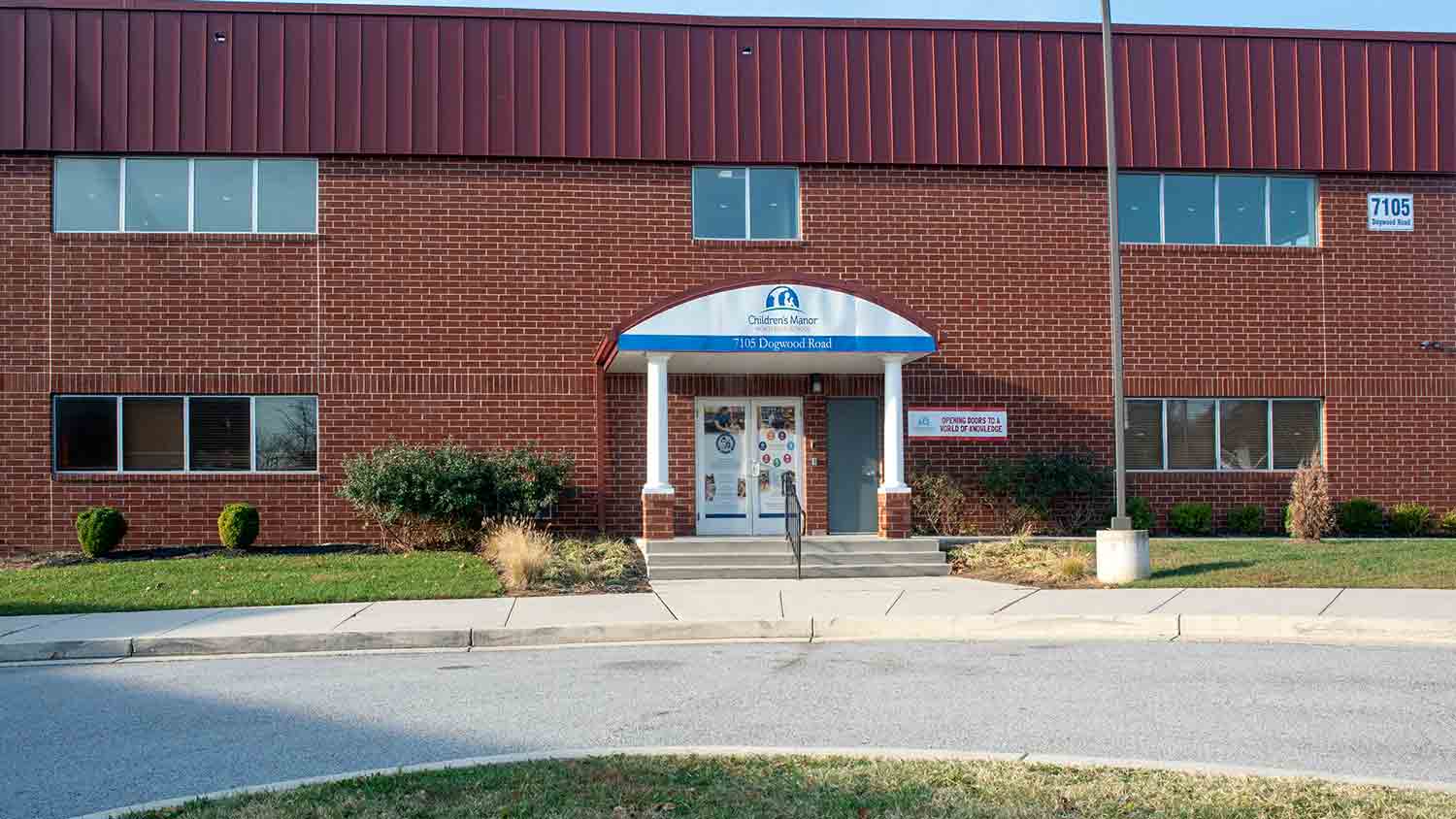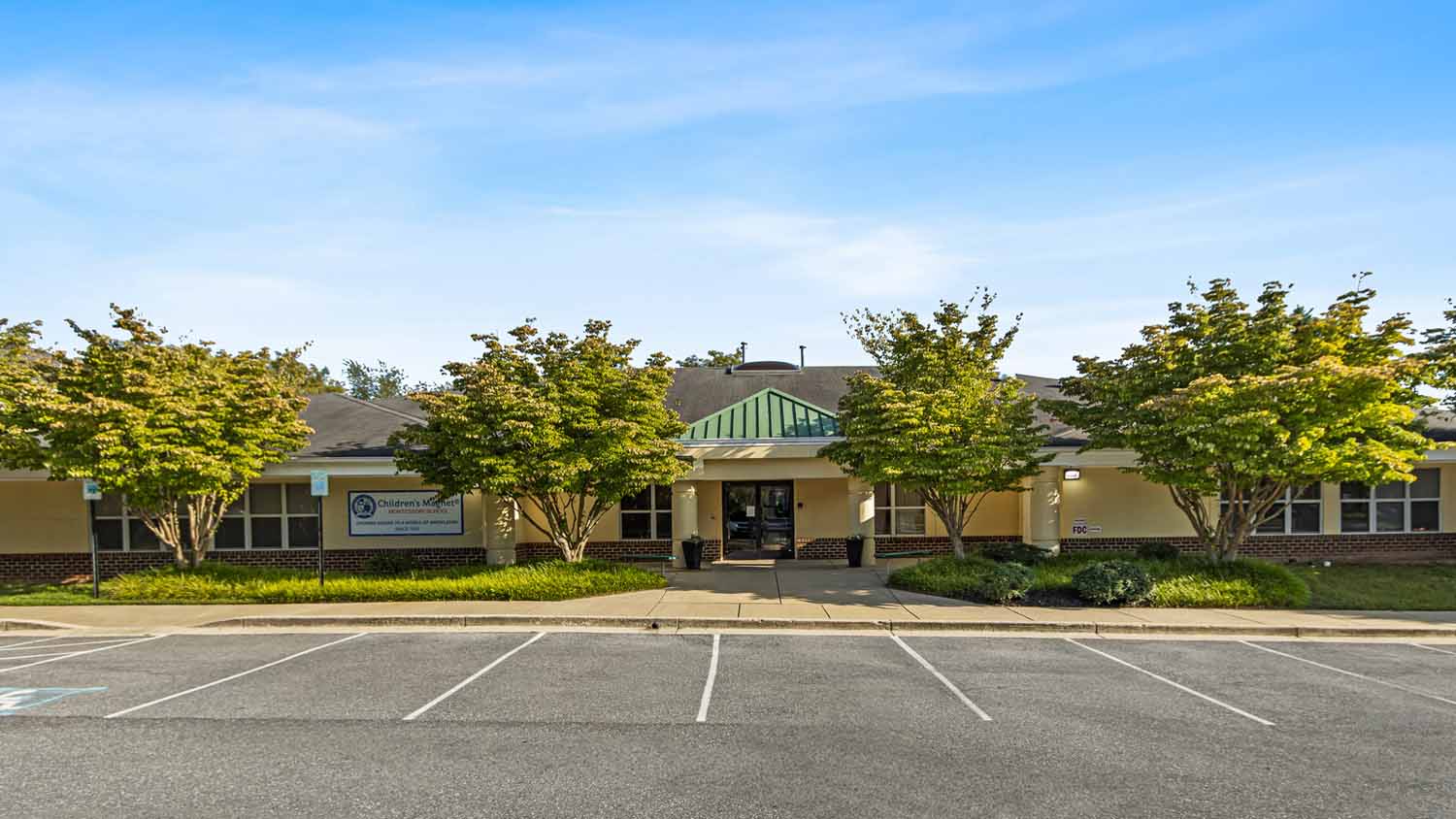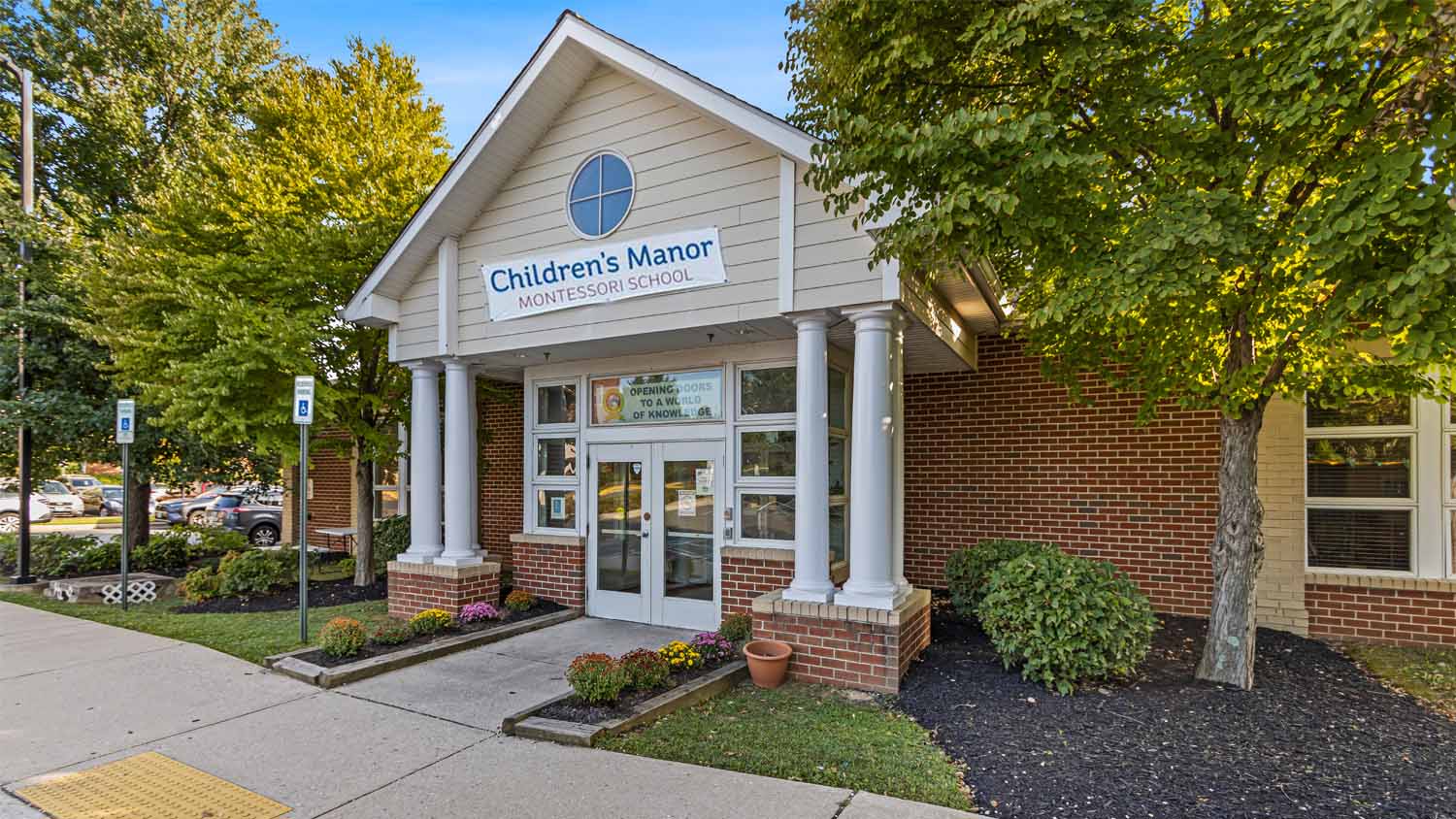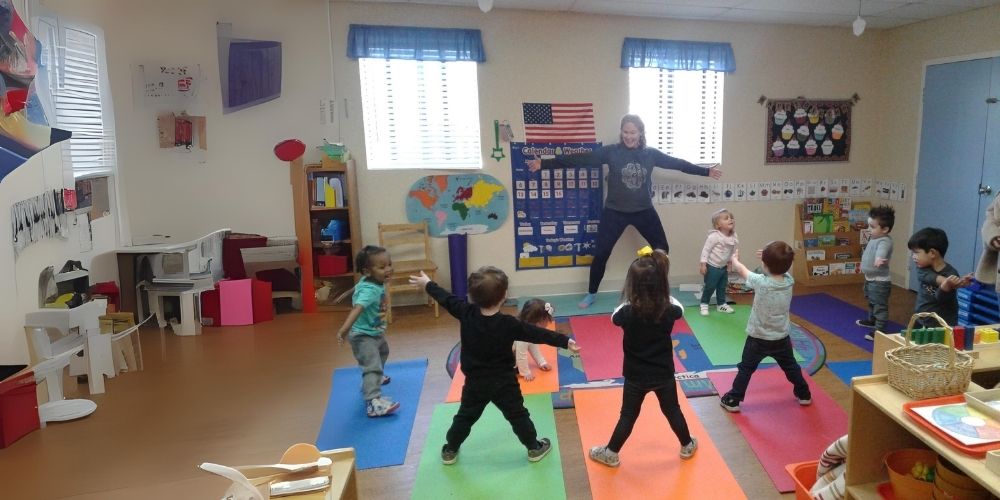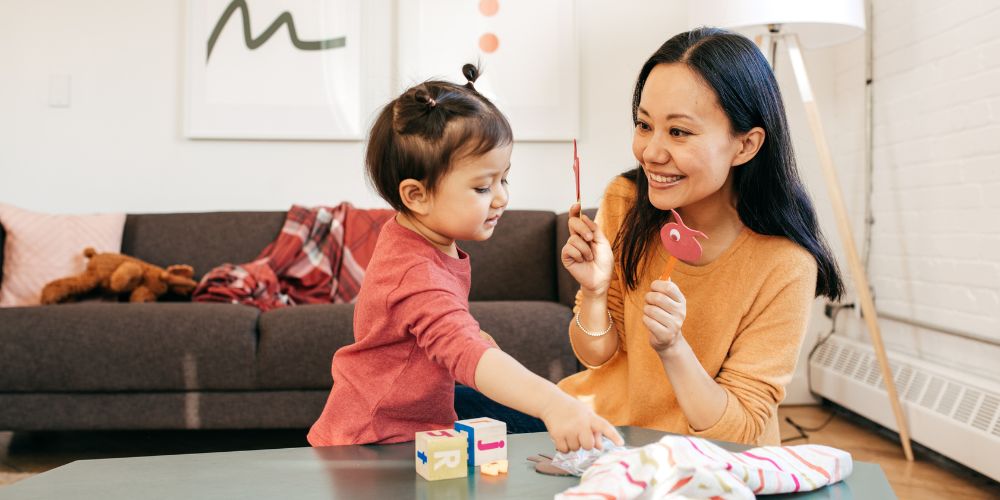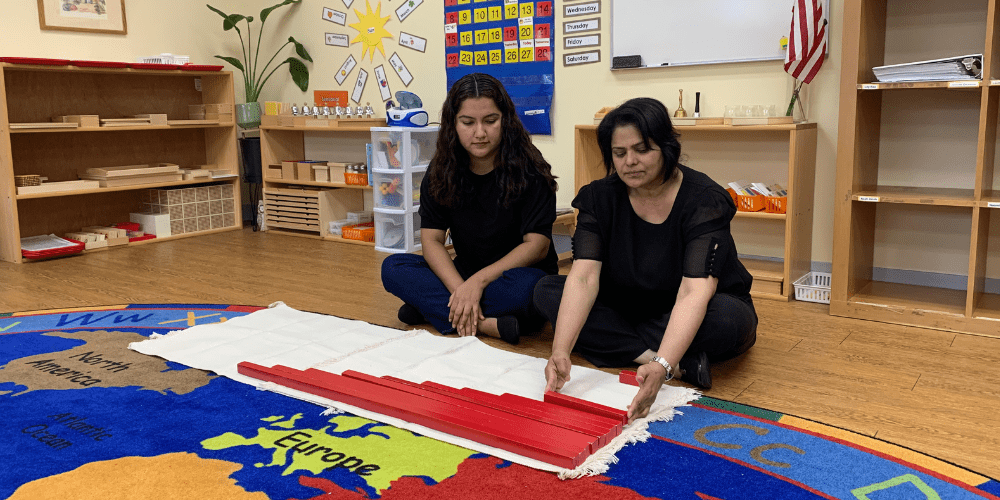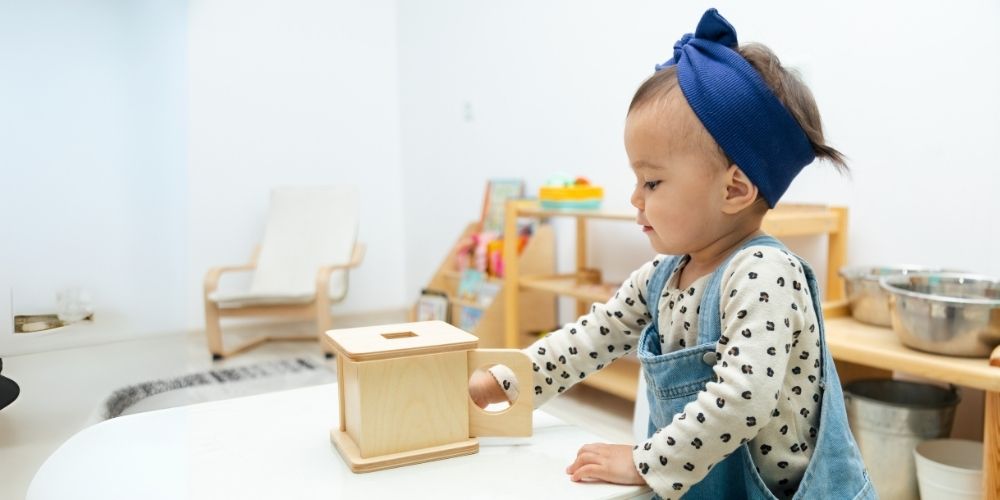About
Pre-Primary Preschool Program
Our Montessori preschool program for children ages 2 – 3.5 years provides the building blocks for the primary years, kindergarten and beyond. In Montessori prepared classrooms, our preschool for 2 year olds and preschool for 3 year olds are introduced to the five Montessori learning areas with hands-on, tactile learning experiences. While we take a personalized approach so that each student advances at their own pace, some baseline learning activities children in our program engage in by Montessori learning areas include:
Practical Life
Sensorial
Geography/Culture
Mathematics
Language Arts
Preschool Schedule
Enrichment
Preschool Schedule
9:00 – 9:30 am – Circle Time
- Opening greeting and songs
- Calendar, weather, and/or current events discussion
- Circle time activities involve group/individual participation, teacher demonstration/presentation of Montessori learning activities that the student may later choose during individual work time
- Various activities requiring child/group participation, reinforce/review
- Phonetic sounds and math concepts
- Stories, songs, poems, creative movement, finger plays, and group games
9:30 am – 12:00 pm – Individual Work
- Floor work choices involve the use of a mat to define the student’s work area
- There are “hands on” manipulation of the Montessori learning equipment and other supplemental activities, of which, most are self-correcting by design
- Table work choices involve the use of trays to define the student’s work areas and work focuses on practicing small muscle skills by cutting, pasting, sorting, pouring, punching outlines, grating and water activities
- Both floor work and table work activities encompass the five basic areas of learning:
Practical Life
Sensorial
Language
Mathematics
Cultural Studies
- Integrated half-hour of recess
12:00 – 1:00 pm – Lunch
1:00 – 2:45 pm – Rest/Silent Reading
*Integrated half-hour of recess
2:45 – 5:45 pm – Enrichment in half-hour blocks
- Music & Movement
- Recess
- Gross Motor Games
- Makerspace
- Arts & Crafts
5:45 – 6:00 pm – Story Time
Enrichment
Enrichment Programs
Spanish/Chinese
Music
Enrichment Activities
The Pre-Primary Program participates in 2-3 fields trips and 3-5 outreach programs each year.
The purpose of these programs are to enrich and teach our students about culture, hygiene, science, our physical environment, etc.
Outreach programs that we have welcomed in the past include The Maryland Zoo, Maryland Science Center, Young Audiences, Howard County Recycling, Pickering Creek Wildlife Reserve, various dental offices, and Mr. Science.
Past trips have included Pump It Up, Toby’s Dinner Theatre, Baltimore Symphony Orchestra, Clarks Farm, The Maryland Zoo, and Port Discovery in Baltimore.
Preschool Schedule
9:00 – 9:30 am – Circle Time
- Opening greeting and songs
- Calendar, weather, and/or current events discussion
- Circle time activities involve group/individual participation, teacher demonstration/presentation of Montessori learning activities that the student may later choose during individual work time
- Various activities requiring child/group participation, reinforce/review
- Phonetic sounds and math concepts
- Stories, songs, poems, creative movement, finger plays, and group games
9:30 am – 12:00 pm – Individual Work
- Floor work choices involve the use of a mat to define the student’s work area
- There are “hands on” manipulation of the Montessori learning equipment and other supplemental activities, of which, most are self-correcting by design
- Table work choices involve the use of trays to define the student’s work areas and work focuses on practicing small muscle skills by cutting, pasting, sorting, pouring, punching outlines, grating and water activities
- Both floor work and table work activities encompass the five basic areas of learning:
Practical Life
Sensorial
Language
Mathematics
Cultural Studies
- Integrated half-hour of recess
12:00 – 1:00 pm – Lunch
1:00 – 2:45 pm – Rest/Silent Reading
*Integrated half-hour of recess
2:45 – 5:45 pm – Enrichment in half-hour blocks
- Music & Movement
- Recess
- Gross Motor Games
- Makerspace
- Arts & Crafts
5:45 – 6:00 pm – Story Time
Enrichment
Enrichment Programs
Spanish/Chinese
Music
Enrichment Activities
The Pre-Primary Program participates in 2-3 fields trips and 3-5 outreach programs each year.
The purpose of these programs are to enrich and teach our students about culture, hygiene, science, our physical environment, etc.
Outreach programs that we have welcomed in the past include The Maryland Zoo, Maryland Science Center, Young Audiences, Howard County Recycling, Pickering Creek Wildlife Reserve, various dental offices, and Mr. Science.
Past trips have included Pump It Up, Toby’s Dinner Theatre, Baltimore Symphony Orchestra, Clarks Farm, The Maryland Zoo, and Port Discovery in Baltimore.

